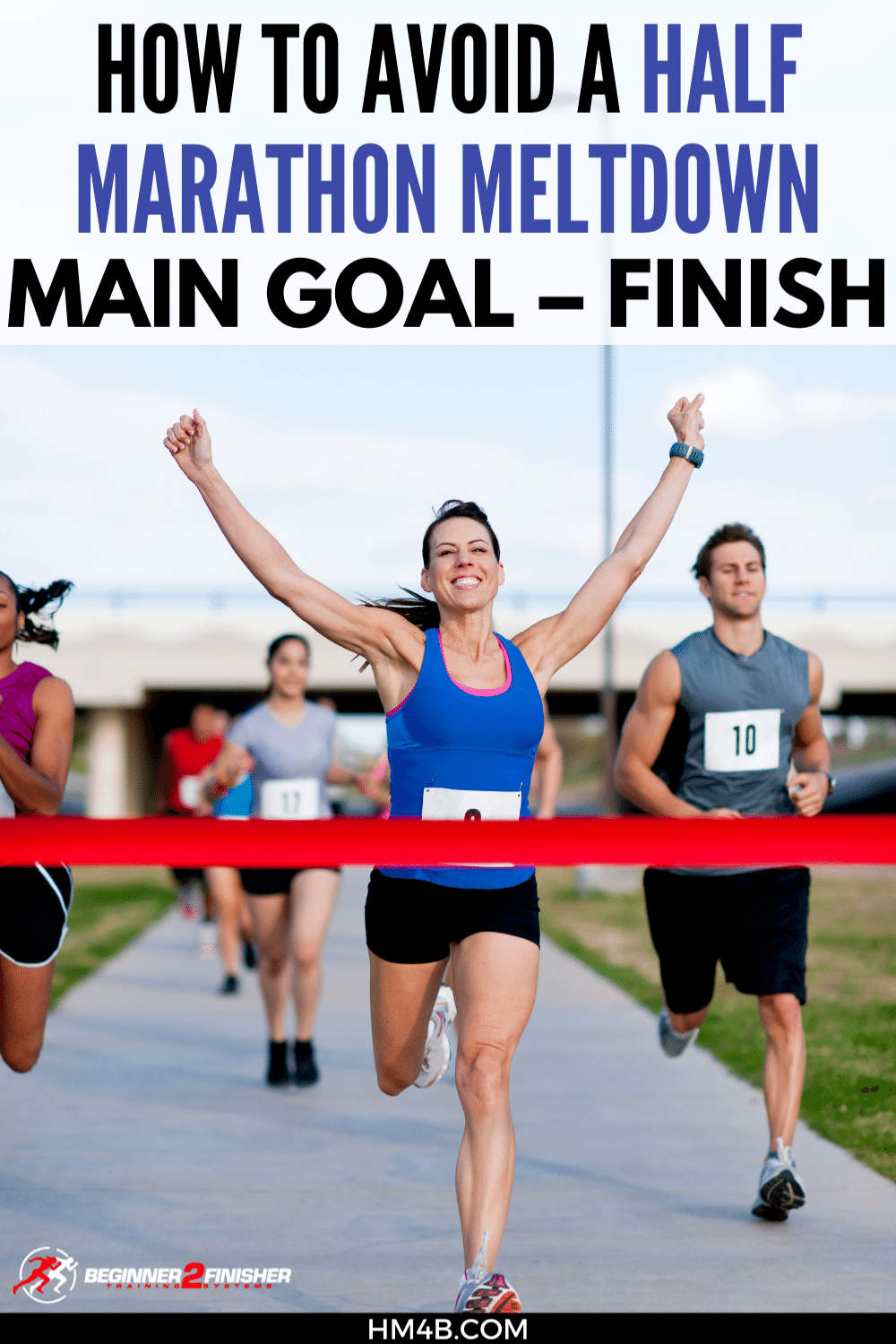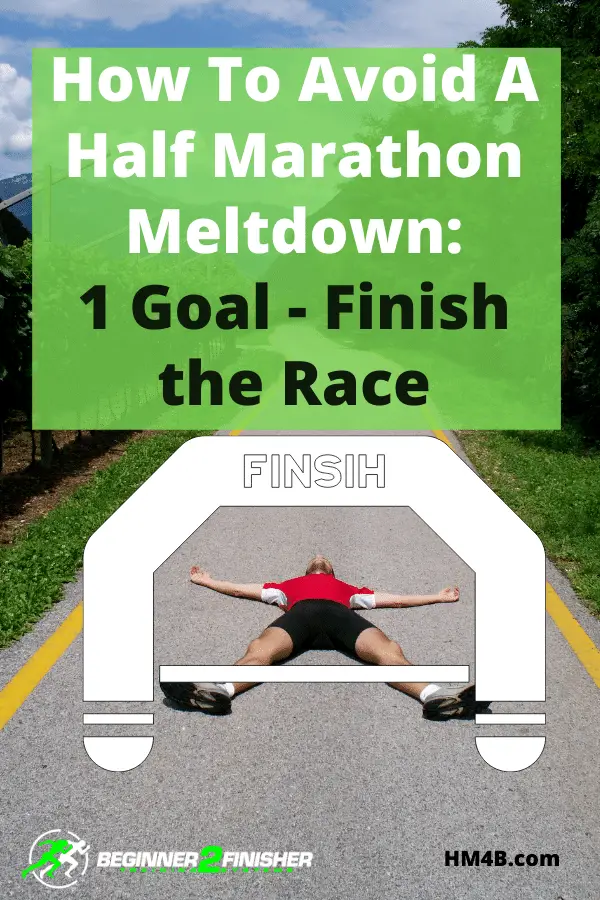Don’t make a common first time half marathon mistake
New half marathon runners dive into their training plans with varying degrees of objectives and goals. Some runners are trying to finish the race with a predetermined pace and time while others are running the half marathon to support a worthy cause. Whatever the reasons are for running a half marathon don’t lose sight of your main objective. If you’re a first-time half-marathon runner then your main goal should be simple and easily accomplished. A great goal to carry with you during your half marathon training is to simply finish the race.
You are racing against yourself and no one else
Ok, if you’re competitive, then this paragraph might make you wince a little bit, in fact, you might just skip to the next paragraph. First of all, I’m competitive so I totally understand why you want to race everyone around you. My purpose for writing these articles and posts is to make it as simple as possible for the average person to complete a half marathon. Even if the runner’s goal is to finish the race by walking the entire half marathon. Making your goal easy to attain for your first half marathon will help ensure you that you will finish the race.
You Vs. You – Who is Going to Win?
Other goals to consider
Not only do you want to finish the race, but my guess is that you’ll probably want to finish the race injury-free. To help guarantee that you finish a half marathon race injury-free, you need to practice listening to your body. If you’re injured or your muscles ache, make sure and take the time to roll out your muscles with a foam roller or trigger ball. If you’re injured for only a week. The total capacity of your ability to store glycogen will only slightly drop. If you find your body injured for more than 2 weeks, your ability to store glycogen hasn’t quite fallen off a cliff so you could still finish your half marathon training plan. If your injury has you out for 3 weeks plus I would suggest restarting your training program when you are healed with no apparent sustained injury.
Don’t train when injured
I’m going to repeat myself a little bit, but I want to drill this into your head. The goal is to have a long-running career and not cut short by running when you shouldn’t be running. Aches and pains during half marathon training cycles will occur. During my sixth half marathon training cycle, I was having issues with my arch in my right foot where I would experience an erratic sharp pain in my foot followed by slight cramping. The cramping occurred during my long runs of 6 miles plus.
I listened to my body and took about 9 days off from running. Instead of running, I walked every day and used a foot roller to help work out any facial tissue issues around my arch in my foot. I also spent some extra time in the gym lifting weights and performing foot and leg stretches. After a nine-day break from running, I was no longer experiencing sharp pains or aches.
How do I know if I’m injured?
The way I approach running aches, pains, and/or injuries, is like this.
- Mild stiffness, or slight aches or cramps: slow down my pace to a walk if I have to. If necessary I will stop and stretch out my stiffness or cramps
- Medium aches (slightly harder to judge): this pain is usually a sudden pain experienced during running, I would slow down to a walk and then call it quits for 2-3 days and then ease back into my training cycle.
- Pains that require you to stop everything immediately: I haven’t experienced this before, but what I’ve been told from other runners, this could come in the form of ACL, MCL tears, severe cramping, extreme heel pain from plantar fasciitis. Obviously, if the injury is severe enough you will want to stop running and consult with a sports doctor ASAP.
Run within your own means
Every runner has different pain and injury thresholds. It’s important to listen to your body while running and if you need to slow down your pace or stop running altogether for the next couple of days you might be better off long-term. I have been fortunate and have not had any debilitating running injuries to date so far. I use an extremely cautious approach to running. If I have aches other than cramping I take my legs for a test drive before racking up the miles for the day. Also, remember to always perform a proper cool down and stretch after you’ve run for the day, especially after your longer runs.
CLICK HERE TO READ Part 4 – Fueling
CLICK HERE TO READ Part 6 – Backup Plan
| Help support me and subscribe to my YouTube channel. YouTube video - 30 ways to make your runs less painful! Coach Scott's Credentials:
|
To sign up for a FREE half marathon training schedule, log sheet, and pace predictor CLICK HERE.

Recommended gear for runners
Connect with me:
| facebook.com/BeginnerToFinisher/ |




1 thought on “How to Avoid a Half Marathon Meltdown – Main Goal – Finish”